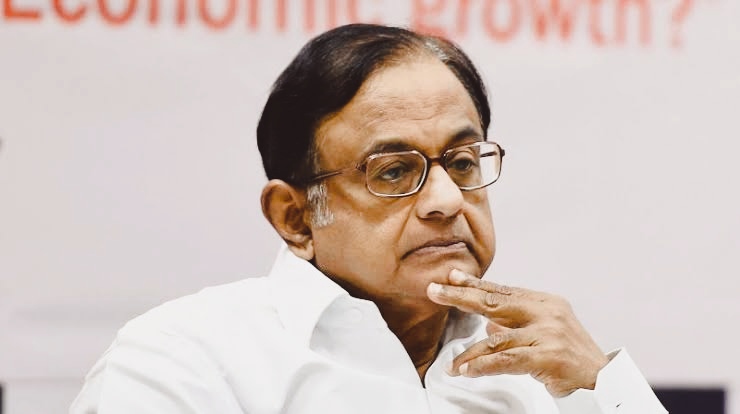According to the Indian Embassy in Ukraine, 18,000 of the 20,000-plus Indians living in Ukraine are students studying medicine and engineering. These students also make up the majority of Ukraine’s 76,000 overseas students.
The invasion of Ukraine by Russia has resulted in a major flight of inhabitants and foreigners seeking alternative routes out of the crisis zone.
Thousands of Indian students who travelled to study in the nation are now finding it impossible to return home as Ukraine’s airspace has been shut down as a result of Russia’s attack on February 24.
The Indian government has launched ‘Operation Ganga’ to secure the safe evacuation of these trapped students, which would take them home via Romania, Poland, Hungary, and the Slovak Republic.
Many people, however, who live far away from border stations and without the means to travel there, are in need of assistance. According to the latest reports, only 4,000 Indians have been able to cross Ukraine’s borders, while 16,000 remain stranded in bunkers, bomb shelters, and metros without food, water, or basic utilities.
Even if the present is rife with anarchy and dread, consider why hundreds of Indian students go to the eastern European country each year:
The largest group of international students
According to the Ministry of Education and Science of Ukraine, India accounts for 24% of the country’s international students.
According to the Indian Embassy in Ukraine, 18,000 of the 20,000-plus Indians living in Ukraine are students studying medicine and engineering. These students also make up the largest proportion of Ukraine’s 76,000 overseas students. Morocco, Turkmenistan, Azerbaijan, Nigeria, China, Turkey, Egypt, Israel, and Uzbekistan are among the countries represented.
Ukraine’s colleges are a less expensive and viable alternative to India’s.
Students who are unable to obtain a seat in government medical colleges in India or who cannot afford the high fees charged by private medical colleges find greater opportunities in Ukrainian medical universities, where admission is considerably easier and less expensive.
While private institutions in India charge between 60 lakh and 1 crore for a six-year course in medicine, a six-year course in medicine in Ukraine costs between 15 and 22 lakh, making it affordable to middle-class parents.
India also has a shortage of medical seats, making MBBS a distant goal for many students who do not pass the NEET. In 2021, 1.61 million students have registered for NEET, with 84,000 medical seats available in the country.
There is no entrance exam, and everyone is accepted.
In Ukraine, there is no requirement to pass any entrance examination in order to be admitted to medical schools.
The educational standard is good, with Ukraine placing fourth in Europe in terms of the number of graduate and post-graduate medical courses. Nearly 33 medical colleges with standard infrastructure exist in the country.
The World Health Organization and UNESCO have certified almost all of the universities. The European Council of Medicine, the General Medical Council of the United Kingdom, and the Pakistan Medical and Dental Council all recognise these colleges’ medical degrees.
Kharkiv National Medical University, about 480 kilometres from Kyiv, is one of the country’s most sought-after institutions. (One of the first places assaulted by Russia was Kharkiv.)
These colleges use English as the medium of instruction, making it easier for Indian students to join because they do not need to learn a foreign language.
But there’s a catch…
To practise medicine in India, these students must pass the Foreign Medical Graduate Exam (FMGE) administered by the National Board of Examinations. Despite the fact that 4,000 students take the test each year, only about 700 of them pass.
Medical schools in Ukraine are also claimed to place a heavy emphasis on theory while neglecting to provide students with practical experience.
These factors, however, do not stop Indian students from enrolling in Ukrainian universities.





